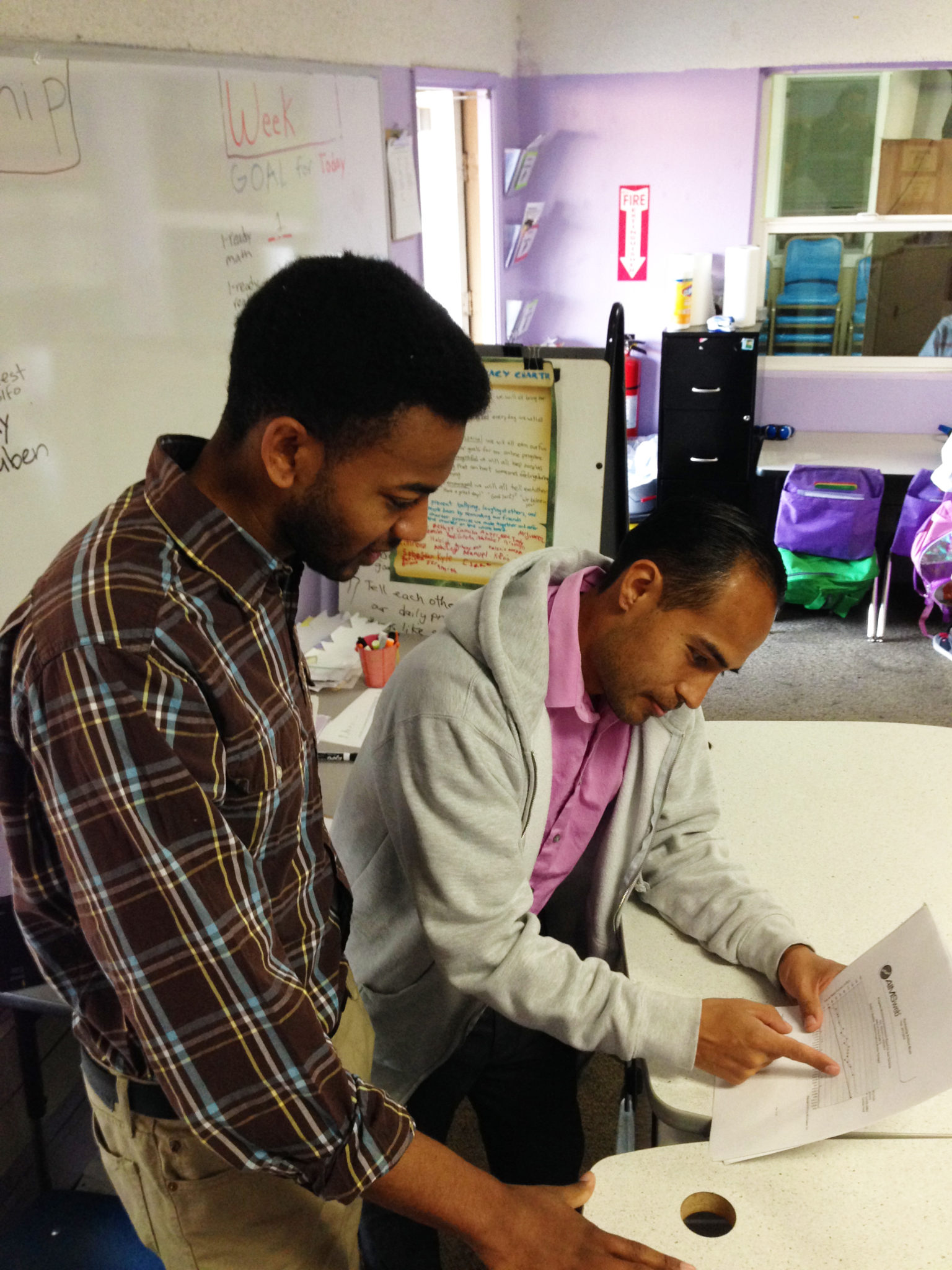
Supporting Students, Learning Disability or Not
Divya Budhraja, Integrated Special Education Teacher
“I wouldn’t worry about it until she actually qualifies for Special Education services.”
I was a new teacher and eager to get out in the field, roll up my sleeves, and support students who needed it most. I knew that Special Education law could be quite sticky, but I thought I was aware enough to be prepared for the pushback that I would face. I had no idea that the pushing would be coming from my own staff, my own district. “I wouldn’t worry about it until she actually qualifies for Special Education services.”
Here I was, in the middle of a preliminary meeting, with a student that was potentially joining my caseload. I was worried about providing her with the appropriate supports. I had no idea who she was. I just knew she was struggling in the general education classroom.
I felt pressed for time. The assessment plan was signed and we had 60 days to finish our testing and hold the IEP meeting. In the mean time, I wanted to get to know this student. I wanted to know more than her first and last name. How would I be able to suggest supports and accommodations for her without knowing the reasons behind her struggles in the classroom?
“I wouldn’t worry about it until she actually qualifies for Special Education services.”
These words continue to bother me to this day. It was as if our staff was telling me that she didn’t matter until she was on my caseload. As if she didn’t deserve the supports or interventions because we had no proof that she had a learning disability. As if an eligibility of “Specific Learning Disability” would be the ONLY way this poor student would get what she needed.
“Let’s do everything we can while we determine if she actually qualifies for Special Education services.”
Today, I work at Rocketship Brilliant Minds. The mentality of our school, our network, is that we must support all students, learning disability or not. Though our network may be fairly new, our RTI (Response to Intervention) model is one of the best I’ve seen.
An overview of a typical RTI model looks like this:
1. The team expresses concern about a student not making progress in the general education classroom.
2. The team moves student to Tier 2, which means that the student is provided with more supports (after school tutoring, small group instruction, etc.)
3. Student may respond to Tier 2. If student does NOT respond to Tier 2, the student is placed in Tier 3 interventions, which are more intensive and individualized.
4. If data shows that student is not responding to Tier 3, the team collectively determines whether an evaluation for Special Education services is the next step for the student.
An overview of Rocketship’s RTI Model:
1. Our network has built “Data Days” into our school calendar, which allow teachers to analyze student assessments and determine whether the students are making adequate growth during each data cycle.
2. The teachers, school administrators, and ISE (Integrated Special Education) team review the handful of students who are not making sufficient growth. From there, we talk about appropriate supports that we can provide the students IN the classroom and then how we can provide them moderate interventions during their Computer Lab block. This ensures that the students do not miss any instructional minutes.
3. Tutors use the AIMSweb assessment system to progress monitor their students bi-weekly. The team (grade level teachers, special education teacher, administrator, and tutor) meets during grade-level planning time WEEKLY to discuss student’s progress by evaluating AIMSweb data and formative assessment data.
4. When student meets their goal, they are exited from Tier 2. If, after 6-8 weeks, the data shows that the student continues to struggle even WITH the added supports, the team schedules an Student Success Team meeting (also know as an SST).
5. The SST meeting is held (with parents) where data is shared, concerns are addressed, and the team discusses the option of moving the student to a Tier 3 intervention. Tier 3 interventions are more individualized, meet more frequently, and are typically with the ISE (Integrated Special Education) teacher.
6. Students in Tier 3 continue to be monitored using AIMSweb. However, since the frequency of interventions is increased, they are progress monitored weekly.
7. The team reconvenes after 6-8 weeks of the initial SST meeting to determine whether the student should continue in Tier 3 or whether an evaluation will be necessary.
During my short time here at Rocketship Brilliant Minds, I have been able to see the significant amount of growth that our students make each cycle. The classroom teachers design their instruction and their small groups based off assessment results, collaborate with tutors to ensure that interventions are targeting a specific area of need, and set goals and high expectations for each Rocketeer. As a result, less students end up in special education…and when they do, we’re prepared to fully support their unique learning needs. I am proud to be a member of this family – the family that provides all of their kids with the supports they need to be successful.
—
Divya is an Integrated Special Education Specialist at Rocketship Brilliant Minds. Before joining the Rocketship team, she taught in Los Angeles and then Cupertino. When Divya isn’t hanging out with her students, she enjoys reading, running and cooking. On the weekends, you’ll find Divya working to accomplish her goal to hike everywhere possible in the Bay Area.
Published on April 18, 2014
Read more stories about: Personalized Learning.



